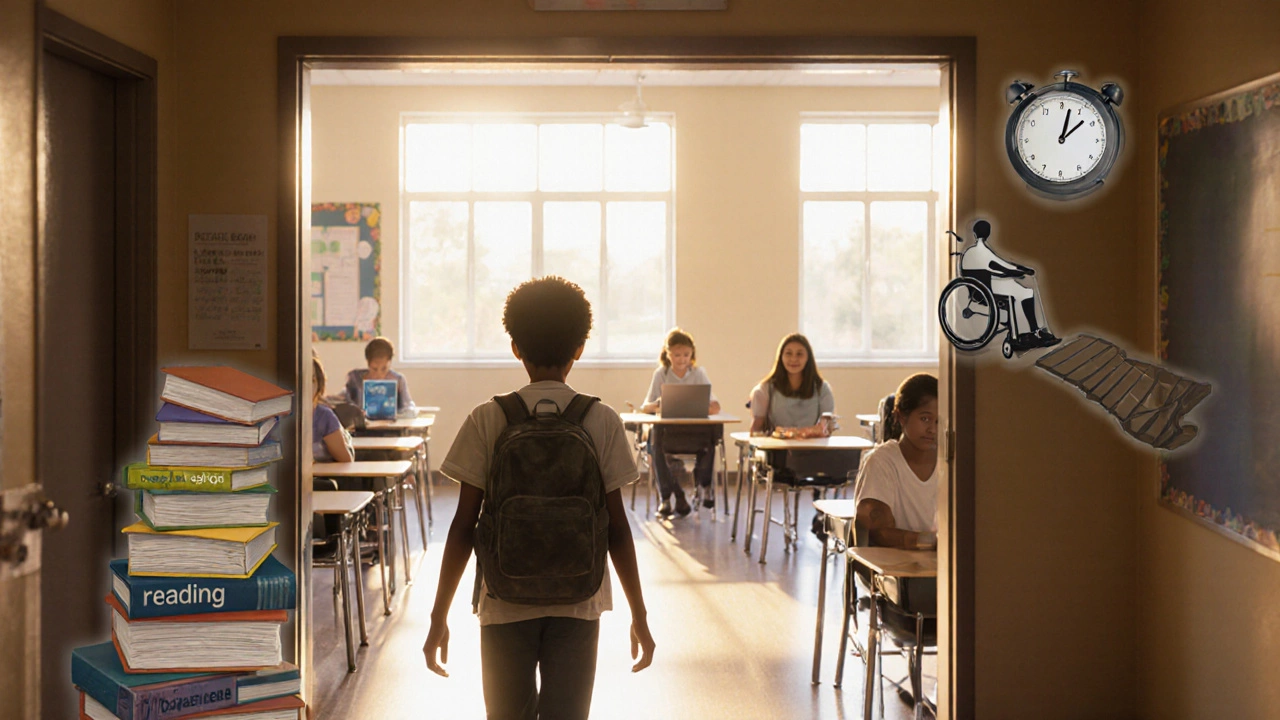Learn why student accommodations are essential, covering legal rights, types of support, benefits, and best practices for schools and learners.
Learning Differences: What They Are and How to Support Them
When talking about Learning Differences, a range of neurological variations that affect how people take in, process, and express information. Also known as learning disabilities, these differences shape classroom experiences, test performance, and everyday life.
One of the most common ADHD, Attention‑Deficit/Hyperactivity Disorder, a condition marked by inattention, impulsivity, and hyperactivity falls under this umbrella. Learning differences encompass conditions like ADHD, dyslexia, and auditory processing issues, each requiring tailored strategies. Educational accommodations serve as the bridge between a student’s needs and academic expectations. For example, a 504 Plan, a federal civil‑rights protection that mandates reasonable adjustments in schools can provide extra time on tests, preferential seating, or assistive technology. Another critical tool is the IEP, Individualized Education Program, a legally binding document outlining specific goals and services for students with qualifying disabilities. Both the 504 Plan and IEP reflect the broader philosophy of Neurodiversity, the view that neurological differences are natural variations of the human genome and should be respected, not cured.
Key Tools for Supporting Learning Differences
Understanding the link between learning differences and effective support starts with recognizing three core ideas. First, identifying the specific difference—ADHD, dyslexia, or another condition—sets the stage for appropriate interventions. Second, legal frameworks like the 504 Plan and IEP provide structured pathways to secure those interventions. Third, the neurodiversity perspective encourages schools to view accommodations as enhancements rather than concessions. When a teacher knows a student’s ADHD profile, they can use flexible seating, chunked assignments, or visual schedules to keep focus sharp. Likewise, an IEP might specify speech‑language therapy or occupational therapy, ensuring the student builds essential skills over time. The 504 Plan often adds practical tweaks, such as allowing a calculator on math tests or scheduling breaks during long lectures. Together, these tools create a cohesive support system that boosts academic achievement and personal confidence.
By the end of this page you’ll see how learning differences shape everyday classroom dynamics, why the 504 Plan and IEP matter, and how the neurodiversity movement drives more inclusive policies. Below, a curated set of articles dives deeper into each of these areas—covering legal rights, practical accommodation ideas, and real‑world success stories that show the power of tailored support.
